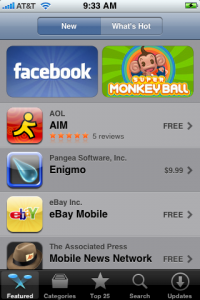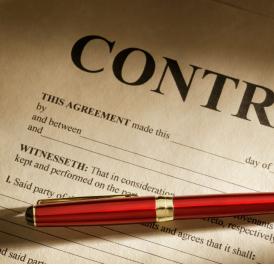 Most lawyers go from case to case, client to client, never stopping to use the successful outcomes they create as marketing leverage for bringing in more clients. That’s because they’re thinking like a lawyer, not a rainmaker.
Most lawyers go from case to case, client to client, never stopping to use the successful outcomes they create as marketing leverage for bringing in more clients. That’s because they’re thinking like a lawyer, not a rainmaker.
Instead of rushing from one case to the next, take a few minutes to think about how you can use the successful outcome (verdict, settlement, closing the deal, estate plan, etc.) to get the story told to the people who can bring you more business.
Here are five ways you could do that.
- Your client. The best time to talk to clients about referrals is right after a successful outcome. When you hand them a check, sign papers, or otherwise bring things to a climax, it’s prime time to ask for referrals, for a testimonial, or for other help.
Ask consumer clients to refer you to their friends and family or to other professionals they know. Ask your business clients to introduce you to their vendors or distributors, to write about the case in their newsletter or blog, or submit an article to their local paper. (You can write the article for them).
The favor you ask your client doesn’t have to be related to their case. They’re happy and willing to help, so ask them to distribute your new report, “like” your new blog post, or invite their friends to your upcoming seminar. And ask them to ask their friends to do the same.
- Your other clients and prospects. Write about your successful outcome in your blog and newsletter. Post it on your web site. Do a little bragging on social media channels. Take advantage of the win to let others see you doing what you do, helping others “just like them” achieve the same benefits they seek.
- Other parties/witnesses. Send a quick note to the other parties and/or their counsel, thanking them for their professionalism. Send a thank you note to experts and other witnesses, for a job well done. It’s not uncommon to see the losing side hiring the winning attorney or sending referrals or opposing counsel referring clients when they have a conflict. By the way, do the same thing when you lose a case or settle for less than hoped.
- Your colleagues. Tell other lawyers you know about your case. Send a letter, speak about it at Bar functions, write an article, point them to your blog post. Tell the story and share the legal nuances, give them tips about the judge or arbitrator or experts. Help them do better on their next case and they will appreciate you, reciprocate with good information on their next case, and send business your way when they have a conflict.
- The media. Find something newsworthy or otherwise interesting about the case, your clients or their company and issue a press release or write an article for publication in their trade journal or home town paper. The media are starved for good stories; don’t assume there’s no news value to preparing a living trust for your blue collar client. In the hands of a good writer, there’s always a story to be told.
Leverage means getting more results from the same effort. From now on, leverage your successful outcomes to get more publicity, more speaking engagements, more traffic to your web site, and more new clients.









